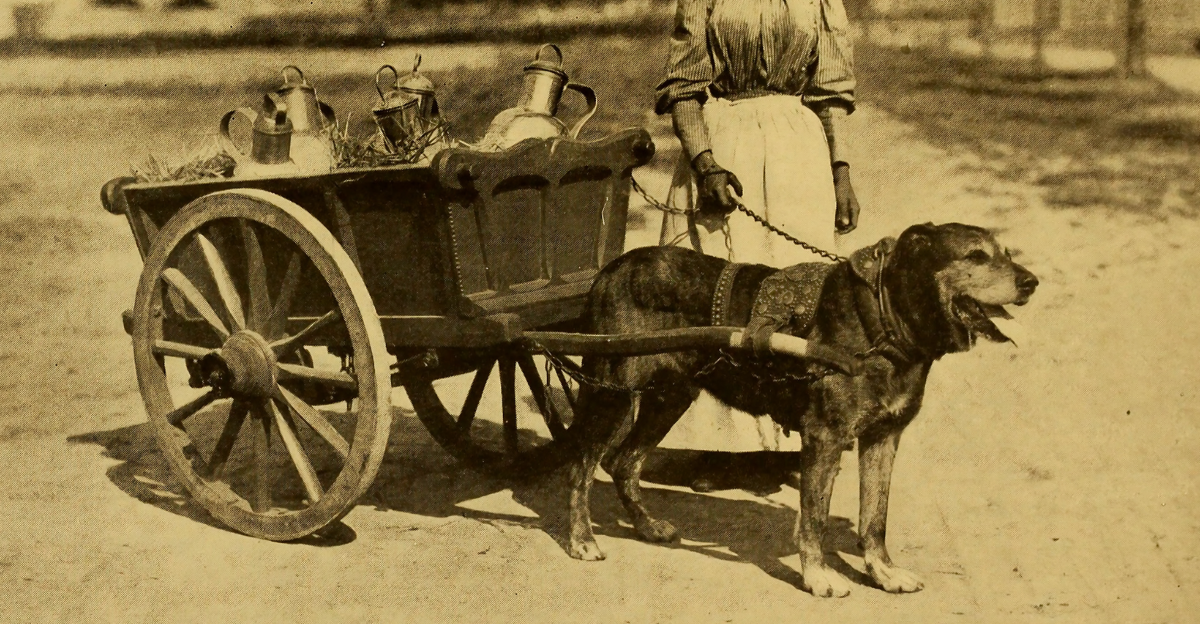
In early America, animals were primary companionship through a utilitarian lens, serving essential roles for survival and economic prosperity. The domestication of cattle, horses, and pigs was integral to agricultural practices, transportation, and trade.
These animals were not kept as companions but as assets that contributed directly to the settlers’ livelihoods. The relationship between humans and animals was transactional, with little consideration for the emotional bonds often associated with pets today.
This perspective shifted gradually, influenced by cultural changes and evolving attitudes toward animals. Over time, some animals started to be seen as tools for labor or food sources and companions, reflecting a broader transformation in human-animal relationships.
Livestock as Economic Assets
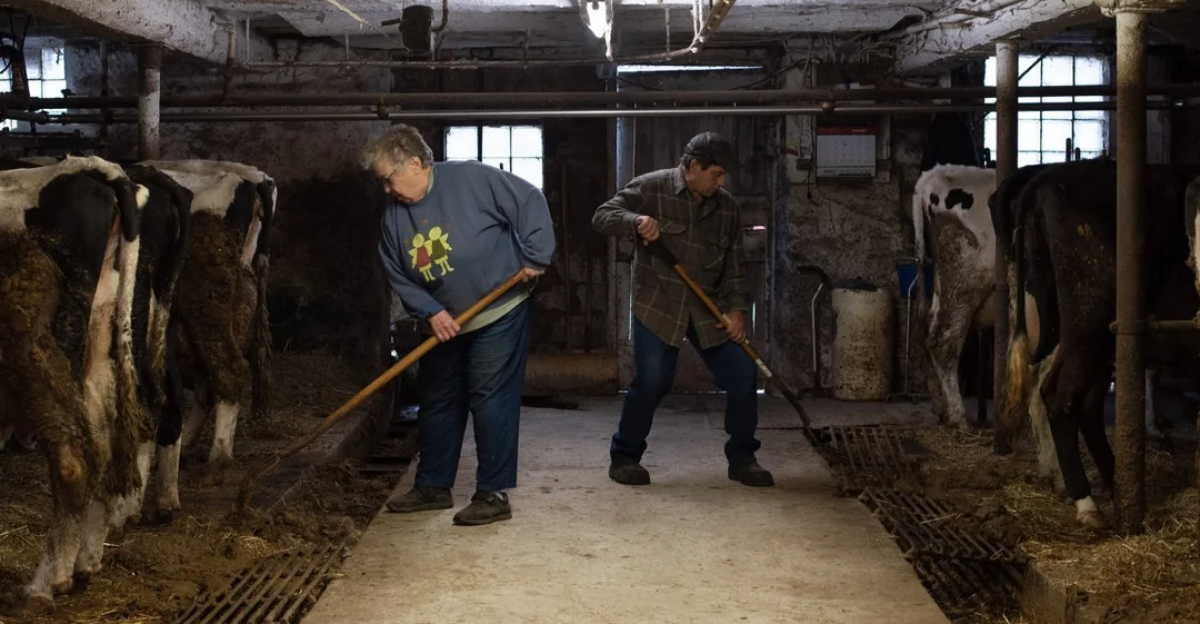
Livestock in early America was primarily an essential economic asset for the agrarian economy. Cattle provided milk, meat, and leather; horses were crucial for transportation and farming; pigs were raised for their meat. These animals were integral to daily life and survival, with their value measured in productivity and utility rather than companionship.
The care and management of livestock Companionship endeavors focused on maximizing output and ensuring the animals’ health to maintain a steady supply of resources.
The Role of Dogs and Cats
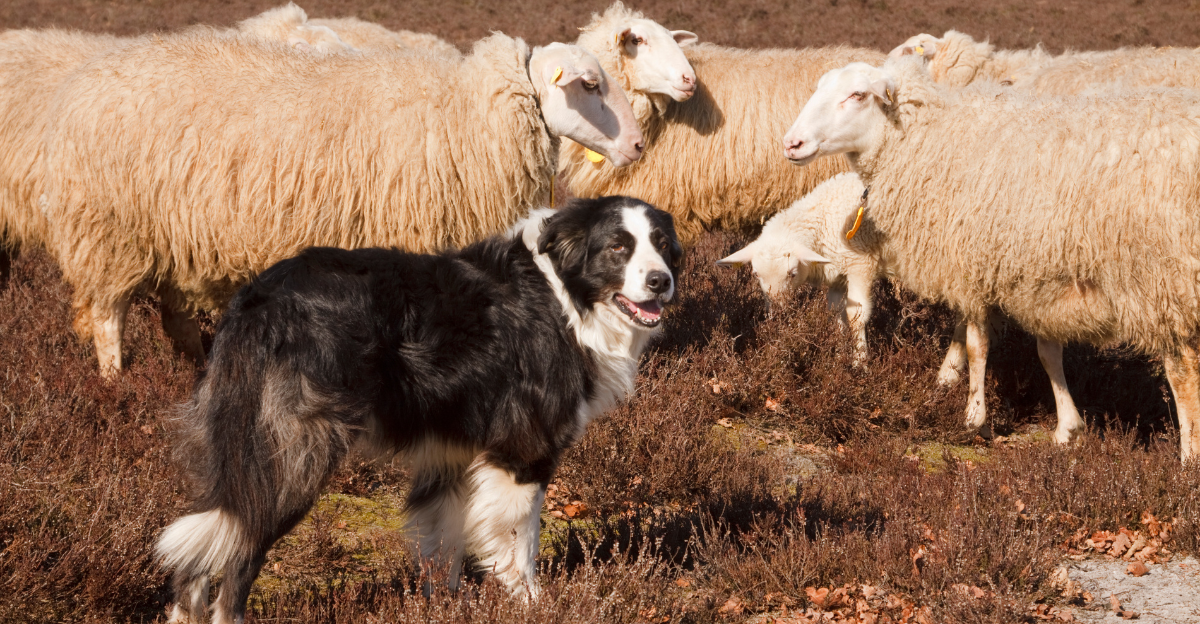
Dogs and cats were valued for their functional roles rather than as pets. Dogs were hunters, herders, and protectors, guarding homes and livestock from predators. Cats were kept to control rodent populations, safeguard food stores, and prevent the spread of disease.
While these animals were appreciated for their services, the emotional bonds we associate with pets today were not commonly recognized or emphasized during this period.
Indigenous Perspectives on Animals
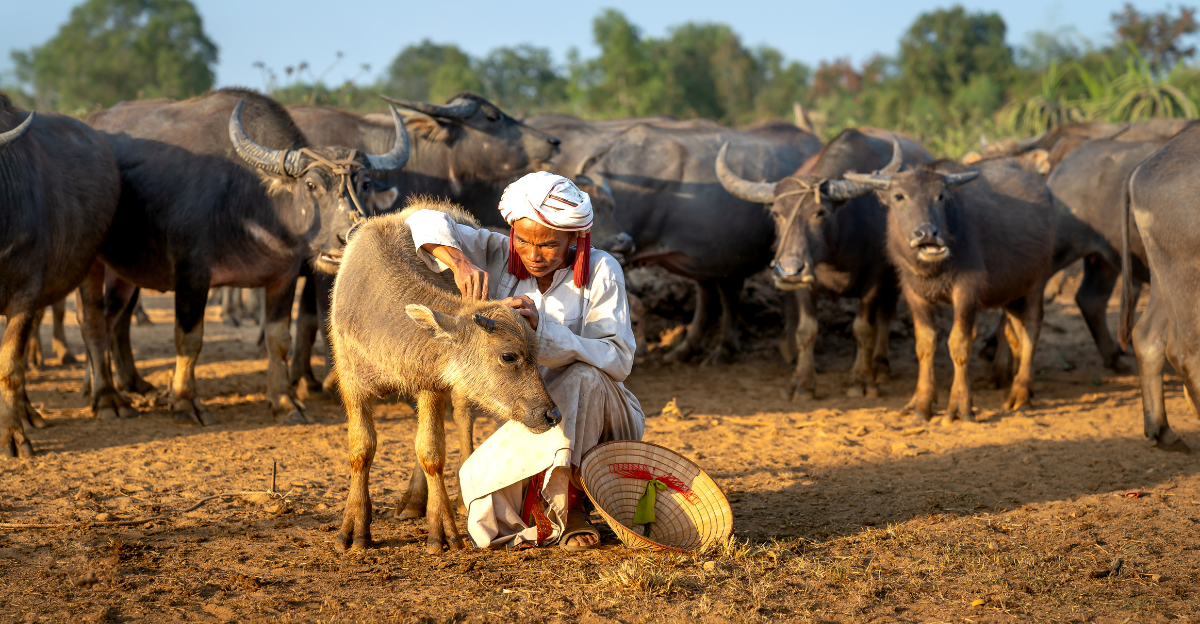
Indigenous peoples had a deep, spiritual connection with animals, viewing them as integral ecosystem members with rights and roles. Their relationships with animals were based on respect and reciprocity, contrasting with the utilitarian approach of European settlers.
This differing perspective led to cultural exchanges and sometimes conflicts as settlers introduced new animals and practices to the indigenous way of life.
The Emergence of Animal Welfare Concerns
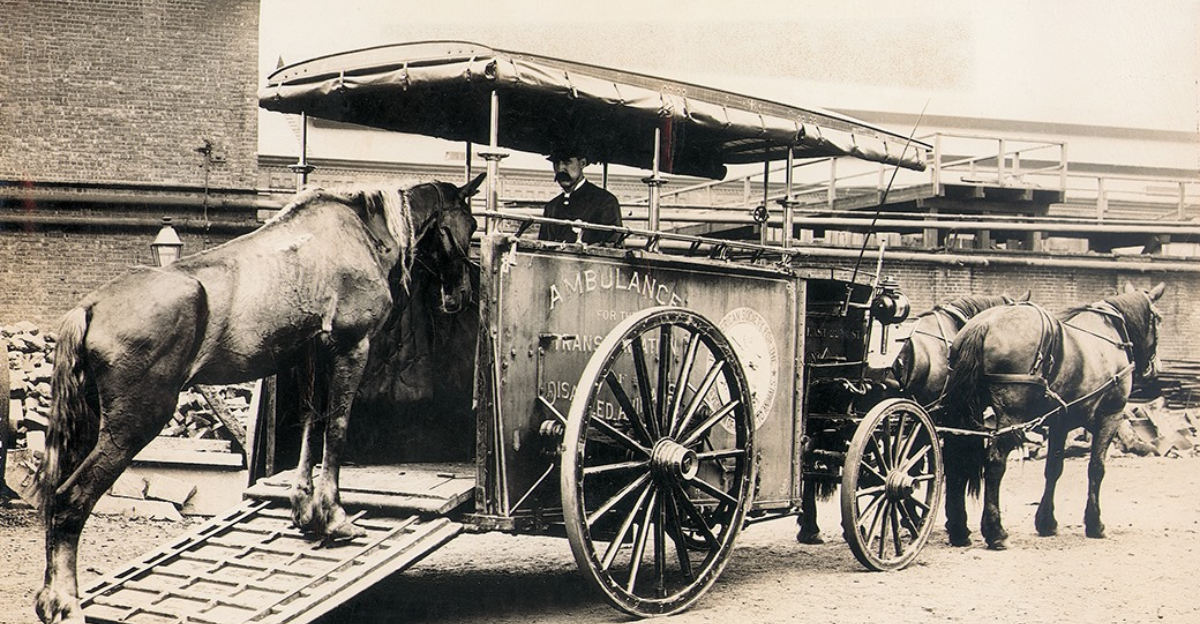
As American society evolved, so did attitudes toward animals. The 19th century saw the rise of animal welfare movements, influenced by changing social values and the industrial revolution.
Organizations like the American Society for the Prevention of Cruelty to Animals (ASPCA), founded in 1866, began advocating for the humane treatment of animals, marking a shift from viewing animals solely as property to recognizing their capacity for suffering and the need for protection.
The Rise of Companion Animals
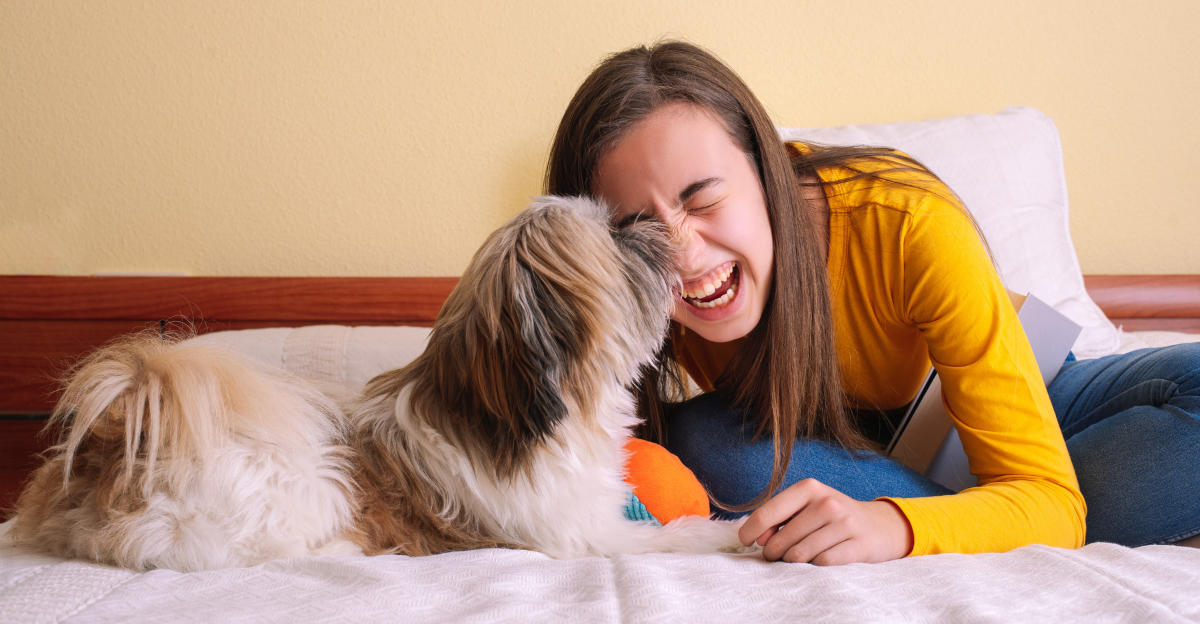
By the late 19th and early 20th centuries, the concept of pets as companions began to take hold in American society. This shift was influenced by urbanization, changes in family structures, and evolving social norms.
Pets started to be seen as animals that serve a purpose and as family members deserving of care and affection. This transformation reflected broader changes in societal attitudes toward animals and their place in human lives.
The Impact of Industrialization

Industrialization brought significant changes to human-animal relationships. As people moved into cities and became less involved in agriculture, the roles of animals in daily life diminished.
However, this period also saw the commercialization of pet care, with the emergence of pet stores, grooming services, and specialized pet products. Animals began to be marketed as companions, leading to a more consumer-oriented approach to pet ownership.
Legal Protections for Animals
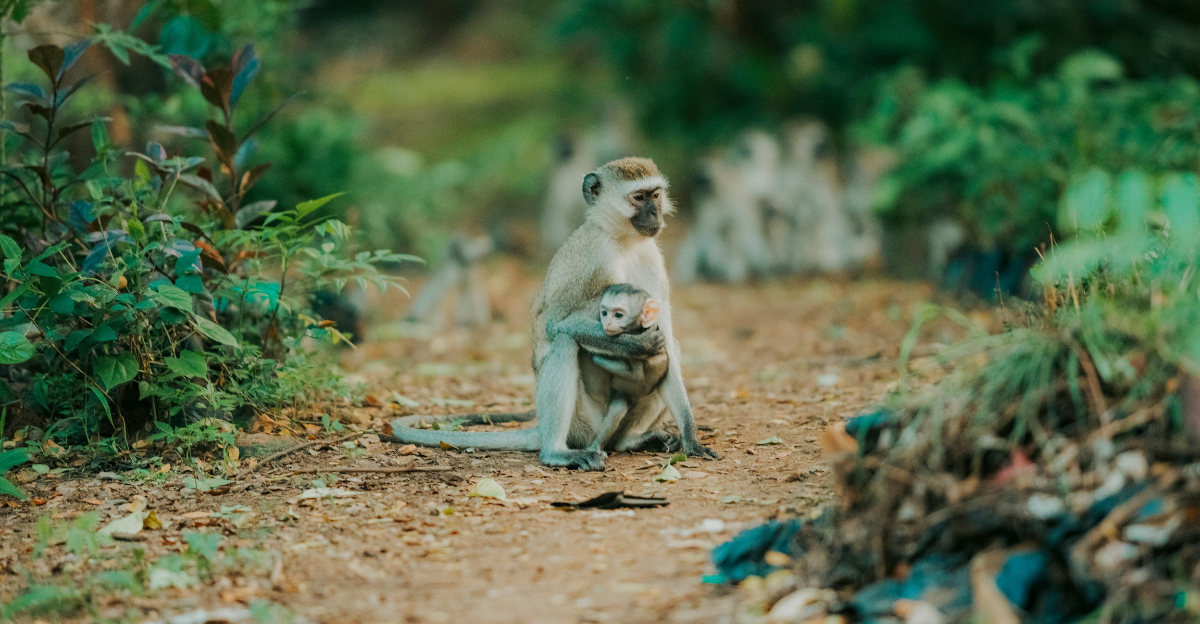
The 20th century saw the establishment of laws protecting animals from cruelty and neglect. These legal frameworks reflected growing recognition of animals’ welfare needs.
Laws regulating the treatment of animals in various contexts, from farming to entertainment, were enacted to ensure humane treatment and to address concerns about animal rights.
Modern Perspectives on Animal Companionship
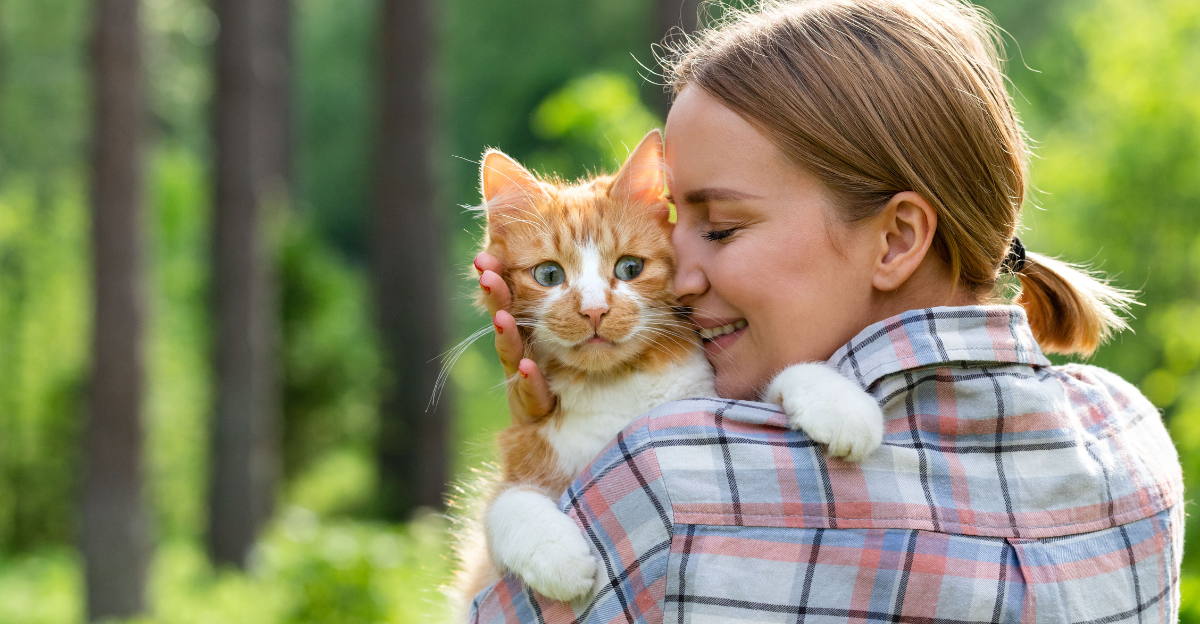
Today, animals are regarded as companions, with many viewing them as family members. This shift reflects deeper emotional bonds and a greater understanding of animals’ needs and behaviors.
The modern pet industry has grown exponentially, offering a range of products and services designed to enhance the lives of pets and their owners. This evolution represents a significant departure from the utilitarian view of animals that prevailed in early America.
A Changing Relationship
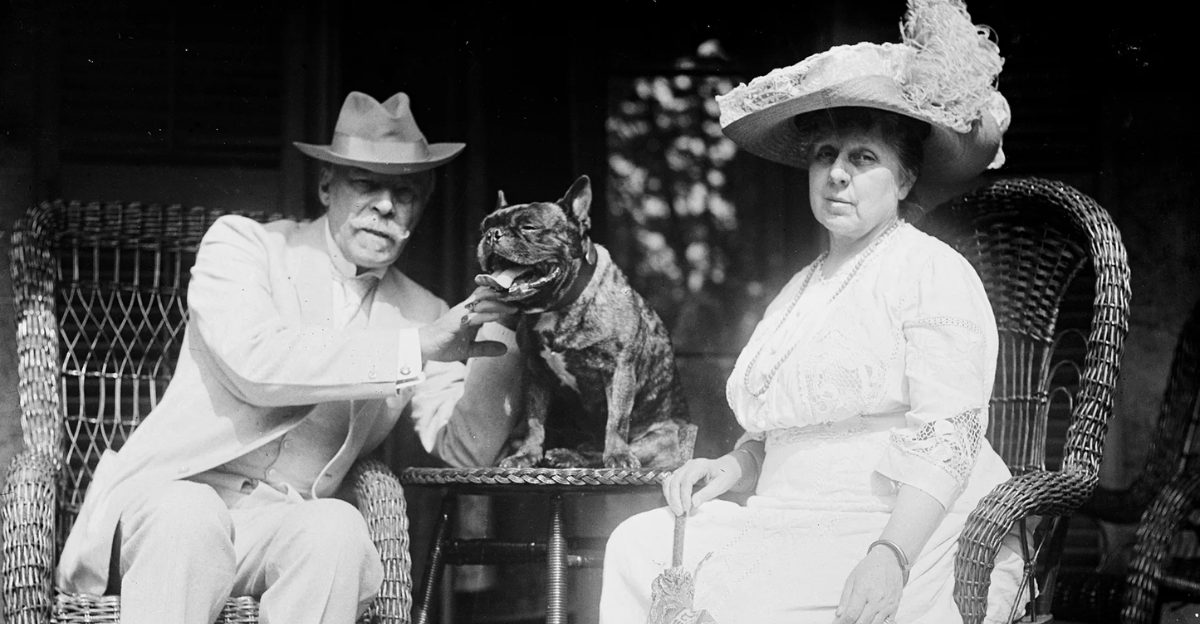
The treatment of animals in early America was shaped by necessity and practicality, with animals serving clear functional roles. Over time, societal changes led to reevaluating human-animal relationships, culminating in the modern view of pets as cherished companions.
This transformation highlights the dynamic nature of human culture and values, reflecting broader shifts in how society perceives and interacts with the animal world.
Explore more of our trending stories and hit Follow to keep them coming to your feed!
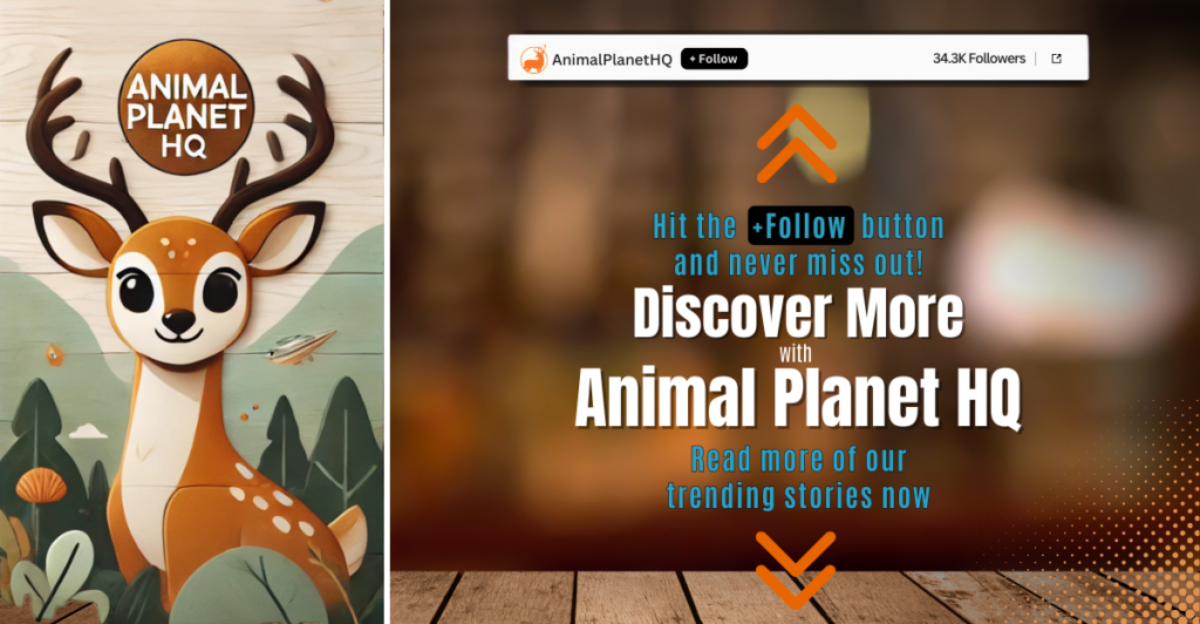
Don’t miss out on more stories like this! Hit the Follow button at the top of this article to stay updated with the latest news. Share your thoughts in the comments—we’d love to hear from you!







